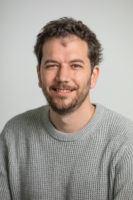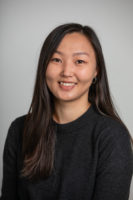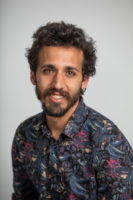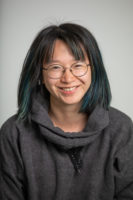Paul Villoutreix (MMG)
Learning Meaningful Representations of Life
Background
February 2019 - present | CENTURI group leader
2017 - 2018 | Postdoctoral fellow, Weizmann Institute of Science (Israel)
2015 - 2017 | Postdoctoral fellow, Princeton University (USA)
2011 - 2015 | PhD, Mathematical Biology, Paris Descartes University
2010 - 2011 | MSc degree in Interdisciplinary Approaches to Life Sciences (AIV), Paris Diderot University (Paris VII - CRI)
2008 - 2011 | Supélec Engineering School Degree (MSc)
Contact
Location
Luminy campus, Marseille (France)
About his research
Multicellular organisms develop from a single fertilized egg. The sequence of events leading to the precise positioning of individual cells with the required fate is orchestrated by gene regulation within and between cells, cell proliferation and rearrangements as well as global morphological changes. It is a multi-scale process involving dynamics from the single molecule to the cell, to the tissue, to the organ, to the entire organism and a temporal process in which the entire sequence of events is linked hierarchically through the cell lineage. In recent years, many measurement methods have been developed, each of which bringing out partial features of the process. They mainly fall into two categories, on one hand, microscopy techniques, which generate large microscopy imaging datasets and give access to spatio-temporal information of entire developing embryos with a limited number of variables that can be measured at the same time. On the other hand, single cell multi-omics methods, such as single cell RNAseq, generate large datasets giving access to exhaustive molecular information at a given time step within each of the cell of a tissue or an entire embryo without spatial information. To understand embryonic development in all its complexity and establish predictive multi-scale models, we need to integrate those multiple sources of data. Given the size of these datasets that far exceeds what a human expert can process, we need to use the tools of artificial intelligence and machine learning.
The main question underlying our research project concerns the role of the shape of an embryo in regulating the differentiation trajectories of cells. The potential number of molecular interactions, spatial patterns of gene expression and cell and tissue organization far outnumbers the number of samples that we can possibly measure; therefore we need to look for structures that reduce this combinatorial complexity. The spatial ordering of cells within an embryo, as well as the temporal ordering of cells within a cell lineage tree can be harnessed as core structures upon which we can organize other measurements and models.
Team members
Open position
PhD position - To be announced
Postdoctoral fellow position - 1 open position
Dynamic multi-domain translation for high-throughput sequencing data

